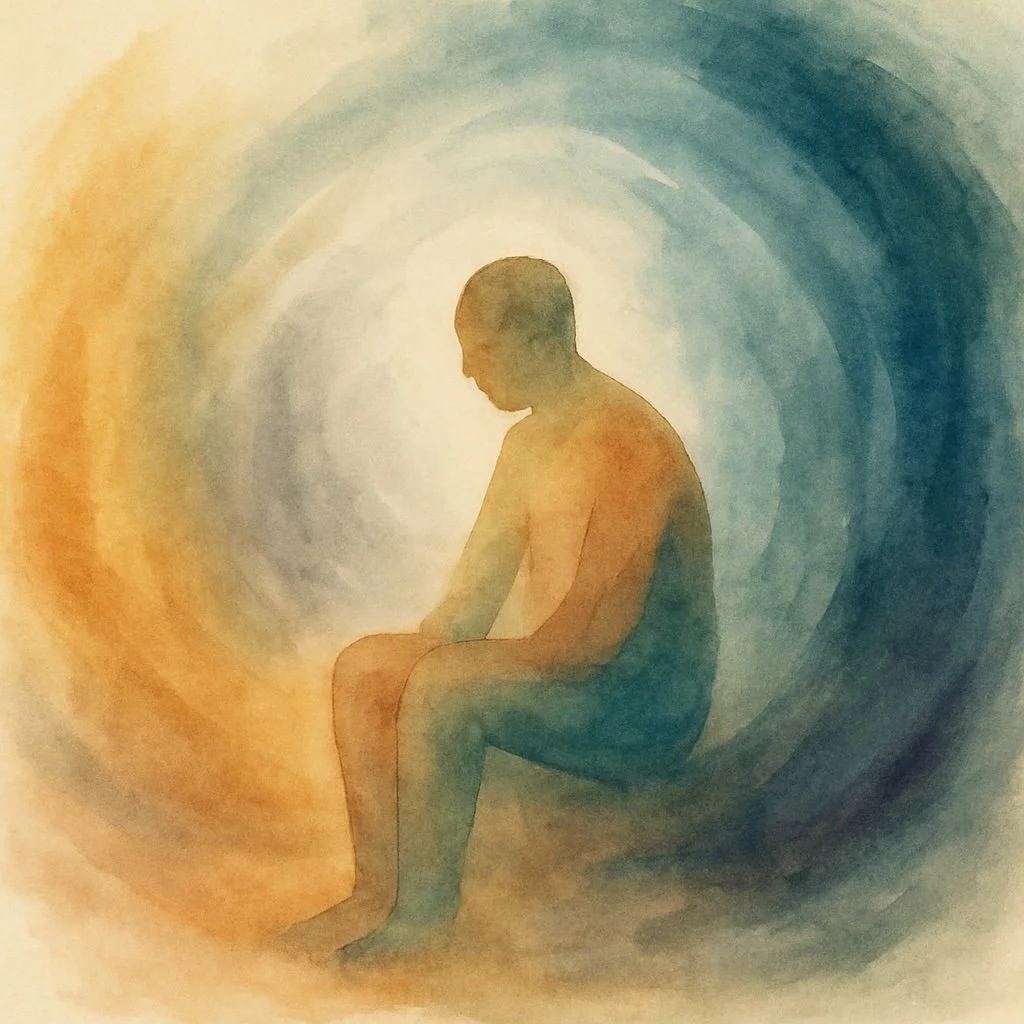Learning to sit with uncomfortable feelings
Most of us grow up learning that uncomfortable feelings are best avoided. We’re taught to distract ourselves, keep busy, push through or simply to “cheer up!”. Our culture often rewards this kind of emotional avoidance – holding up positivity and productivity as signs of strength. But what if discomfort isn’t something to be pushed away – what if it’s to be listened to?
The cultural pull toward comfort
From an early age, many of us are told not to cry, not to get angry, not to dwell. We internalise these messages, learning to suppress what feels difficult. Modern life doesn’t help – with its endless opportunities to scroll, stream or swipe past discomfort. But while avoidance might work in the short term, over time it can leave us feeling stuck and disconnected – and more often than not even more overwhelmed.
Why we avoid difficult feelings
Avoidance isn’t weakness. It’s protection. If sadness or anger were met with silence or punishment growing up, it makes sense we’d learn to fear them. If we were expected to stay strong, stay quiet or stay smiling, these patterns often persist into adulthood. In therapy, we can begin to gently explore what these messages led to – and what the subsequent feelings meant then as well as what they might be trying to communicate now.
What sitting with discomfort can offer
Uncomfortable feelings often carry useful information: about our boundaries, our needs, our longings. When we turn towards them with curiosity – rather than with fear or judgement – they can soften. It’s not easy. But with support, we can begin to listen to ourselves (and others) differently. To notice what arises. To stay with the feeling just long enough to learn something new.
A therapy room is a practice space
In therapy, we don’t rush past the difficult bits. We pause. We notice. We make space. Over time, this builds a different kind of resilience – one based not on avoidance, but on meeting yourself honestly. Learning to sit with discomfort doesn’t mean facing it all at once, or figuring it out alone. It means having a space where you can start to notice what’s there, explore it at your own pace, and gently practise new ways of being when it feels safe to do so – trusting that someone is beside you, holding the space.
Closing thought
Discomfort is part of being human. You don’t have to be afraid of it. And you don’t have to face it alone. Therapy can be a space to start gently tuning in – and I’m here to support you to do that if you’d like. If so, please get in touch.


